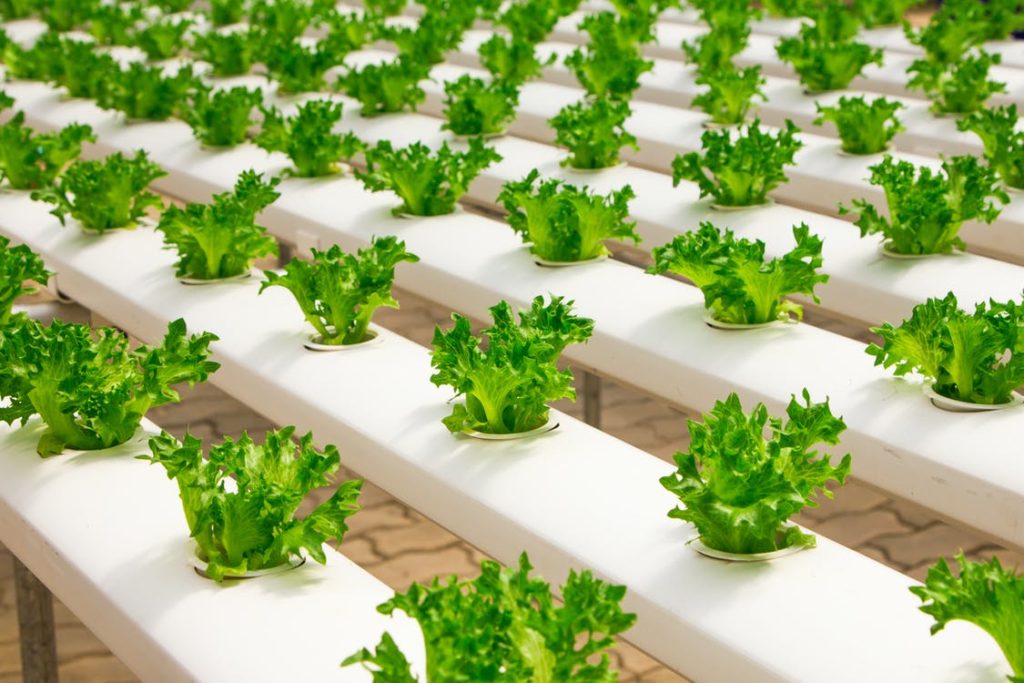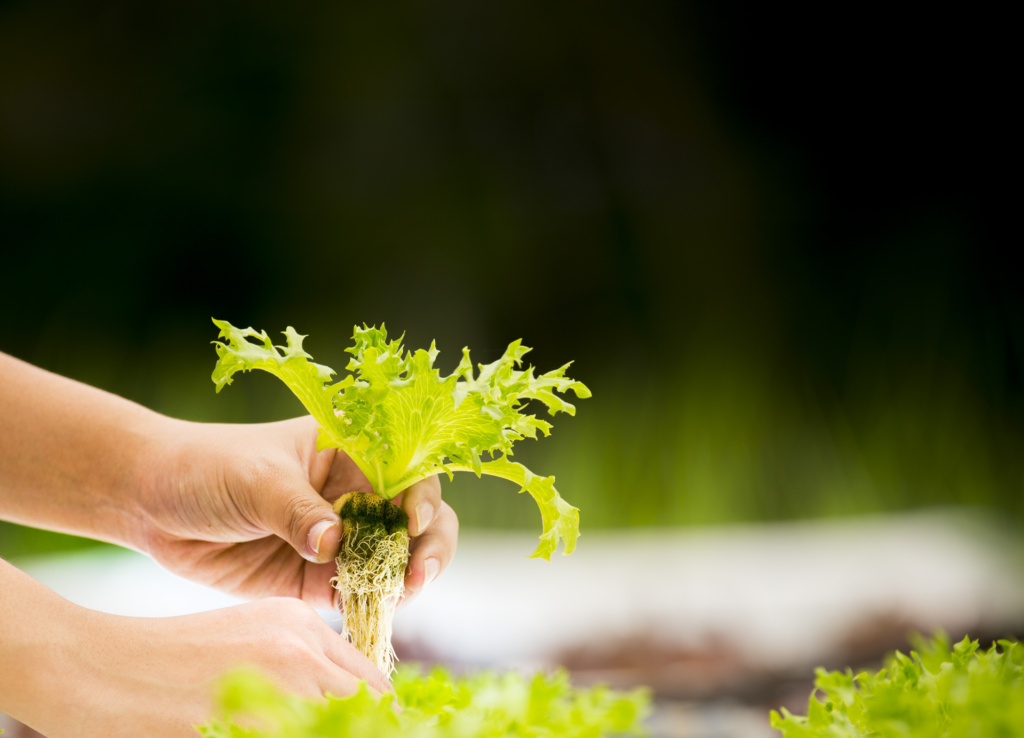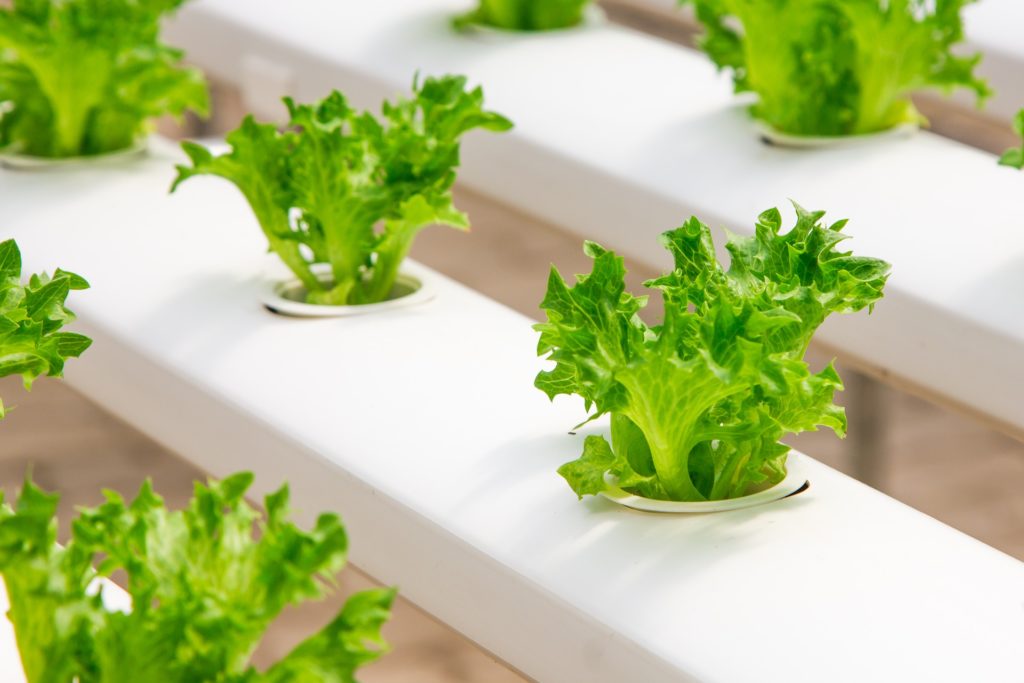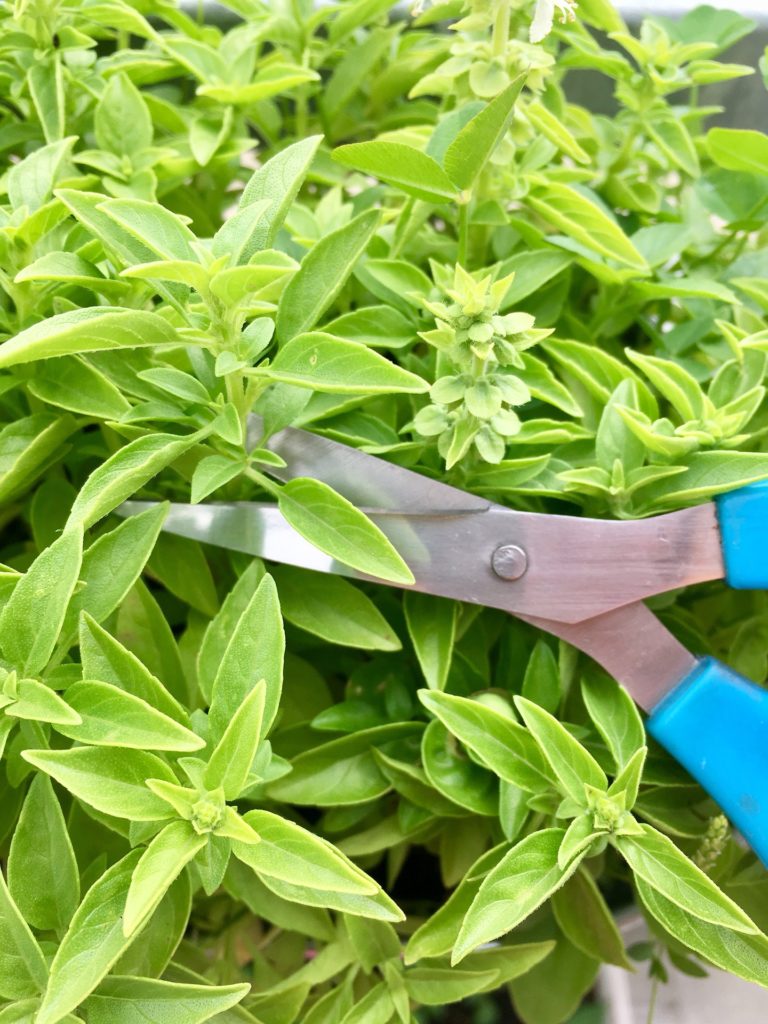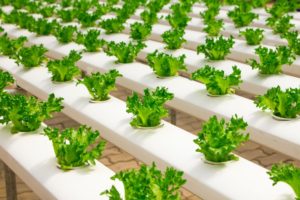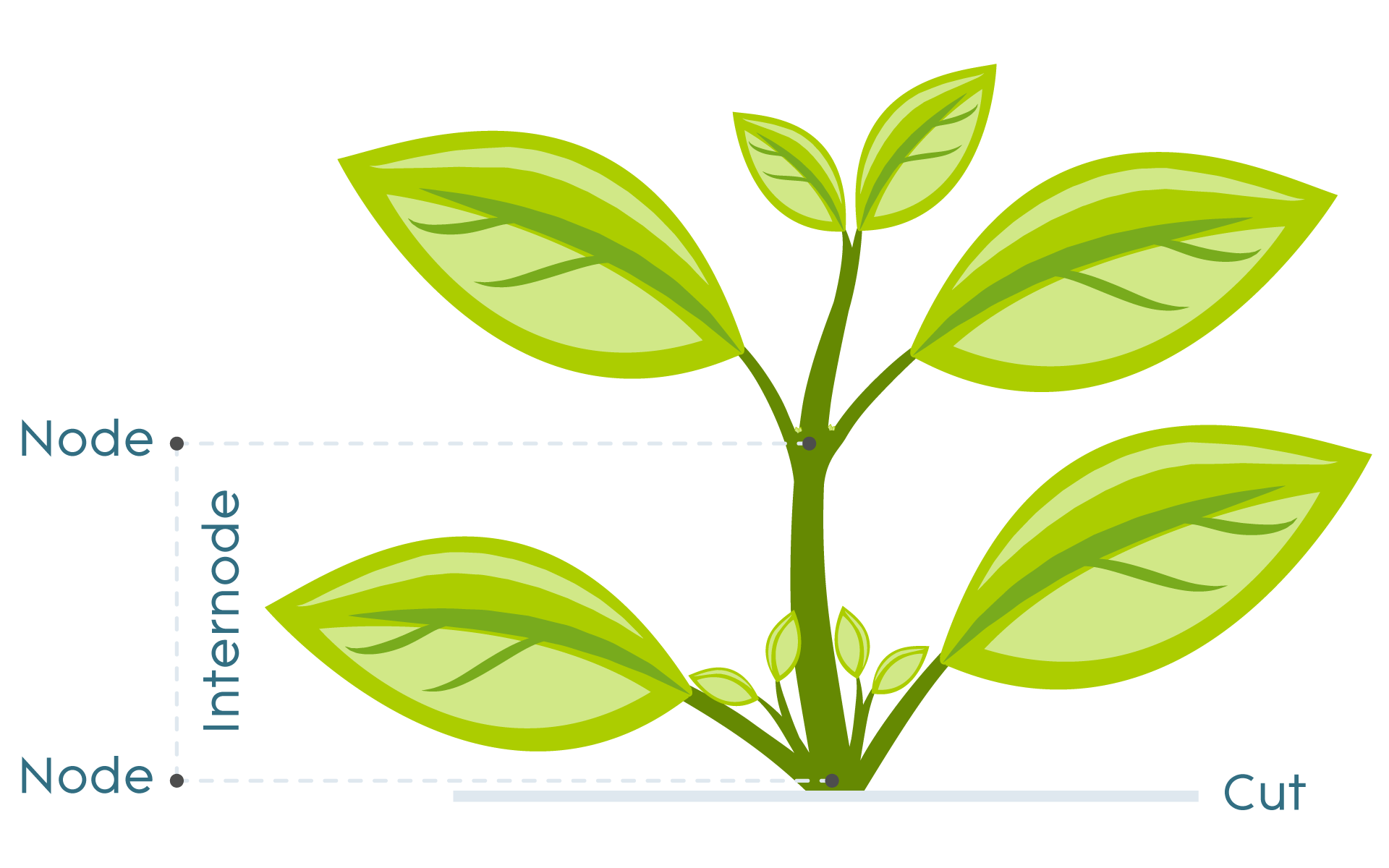
Ready to clone your plants?
Some growers prefer making cuttings and cloning plants their own way, but you can use this step-by-step guide to get started.
-
Choose your cutting.
Notice the first two nodes at the top of your plant. Make sure you can find the internode between the first and second nodes. You will be cutting the stem just below the second node.
-
Make the first cut.
Use a sharp scalpel, razor, or gardening tool to cut just below the second node. If you’re not sure where to cut, don’t worry. Just cut underneath the second set of leaves. Hint: If you can, try to cut in a slightly diagonal angle. It exposes more surface area for the plant to root.
-
Remove excess leaves from your plant clone.
Leave the top set of leaves as long as they aren’t too numerous or large. Gently (this is the keyword here) skim the leaves and buds near the bottom with your scalpel. You should be able to scrape off the foliage without damaging the stem. Removing lower leaves provides more area for roots to grow.
-
Add rooting hormone (optional).
Before placing cuttings in growing medium, some people add a rooting hormone to the cut portion of the stem. Rooting hormones and rooting formulas typically come as a powder. You simply place the cut end of the stem, often dampened, into the rooting powder. The powder clings to the cut portion of the stem and absorbs to stimulate root growth. This isn’t always necessary, but it can speed up the rooting process and increase a cutting’s chance of striking. Try this formula:
-
Place it in a growing medium.
The grow medium will be your cutting’s new habitat, so make sure you have it ready. Use moistened medium (not too wet though!), and make sure your cutting is placed so that it is stable and secure. If you are using a grow media with larger holes already in place, they may be too large. If needed, go ahead and make your own holes so the cutting stays in place. Learn more about growing medium here.
-
Keep calm and wait for roots.
It’s tempting to up the photoperiod to stimulate new growth. The fact is, some cuttings develop roots very quickly, while some take nearly two weeks. Keep a consistent environment and check on your clones frequently. You’ll know you have a successful strike when:
You notice a more vigorous root system
More leaves grow on the plant -
Transplant clones if needed.
Sometimes growers choose to start cuttings in another grow area or a humidity dome. If you grow your cuttings separately, it’s time to move them into your main hydroponic system. You can also start giving nutrients and start them on a regular light cycle. Then, watch for growth, and you’ve done it!
See our detailed guide on cloning here.
